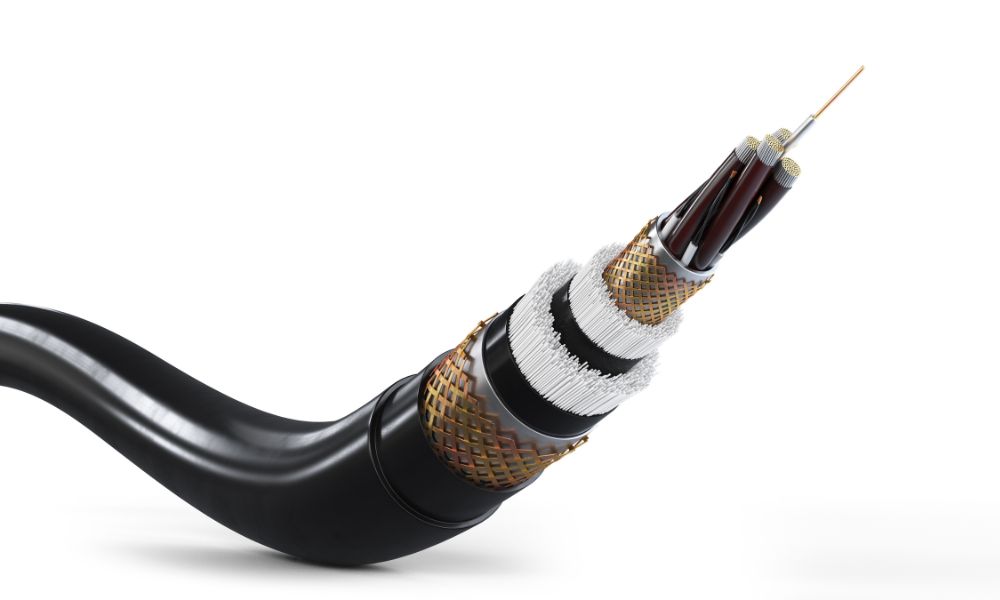
Data transfer has become crucial to any company’s operations. Several options are available for the seamless transfer of digital information, but two of the most popular are fiber optic and copper cables. Read on and understand more about these cables to help you choose between fiber optic and copper cables.
Speed and Capacity
Speed and capacity make a significant difference between network cords. Fiber optic cables transmit information through light, making them incredibly fast. These cables have a higher bandwidth capacity than copper cables, about 1–10 Gbps, with data transmission speeds of 10 Gbps.
Meanwhile, copper cables use electrical pulses that pass data through the copper. These cords have a similar bandwidth to fiber optic cables with a significantly lower transmission speed of 300 Mbps. The bandwidth and transmission speed of copper cables make fiber optic cables better for data transfer in large networks spread out over a great distance.
Distance
Another difference between the two cables is the distance they cover. Fiber optic cables transmit data over long distances without signal loss, while copper cables cannot. Copper cables suffer from signal degradation as they increase in length, making them unsuitable for transferring information over extended distances.
Security
Fiber optic cables are better in terms of data security. Copper cables are prone to electronic interruptions from perpetrators trying to intercept transfers. In contrast, fiber optic cables are immune to this manipulation since they use light beams to transfer data. Fiber optic cables offer better security for your business’s network.
Maintenance
Maintenance is an essential aspect to think about when selecting network cords. Copper cables require regular maintenance to ensure their integrity. Over time, they might experience wear and tear, leading to degraded performance. This issue is common in industrial environments.
On the other hand, fiber optic cables require less maintenance. They have a higher tolerance to external factors like temperature, humidity, and physical interference, leading to a longer lifespan. Maintenance is necessary when a fiber optic cable sustains damage, but its durability makes these cases rare. The lack of interference in the presence of multiple cables makes them a smart purchase when buying bulk fiber optic cables for your network.
Which Cable Is the Best Option?
Although both cables benefit your network, fiber optic cables have more capabilities than copper cords. Performance and security are guaranteed with fiber optics, and you won’t need to worry about maintenance for some time. Copper cables are sufficient in transferring data and may have a similar bandwidth to fiber optic cables, but fiber optic cables often have an advantage in transmissions.
Your choice of the best cable for your network depends on various factors. Whether you choose fiber optic or copper cables, use cords that can support your network for a long time.



